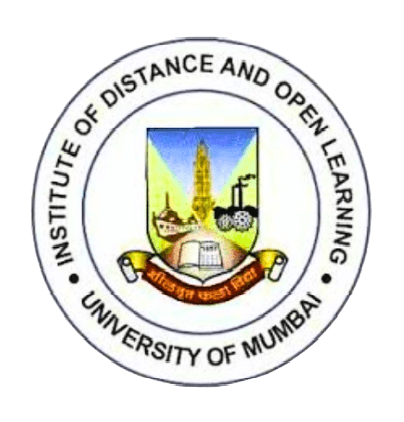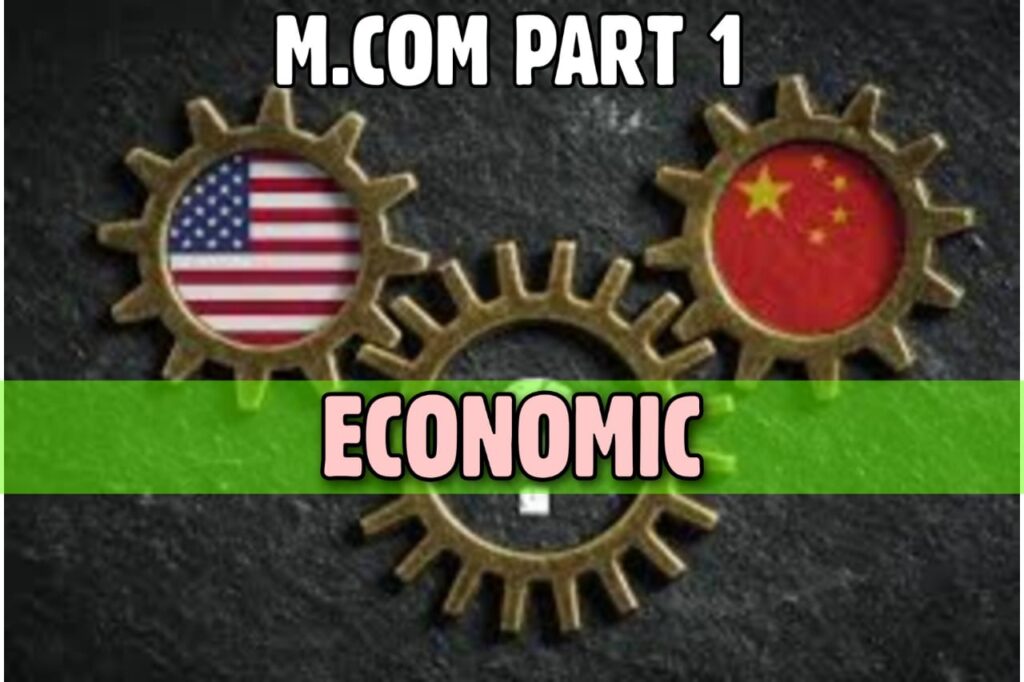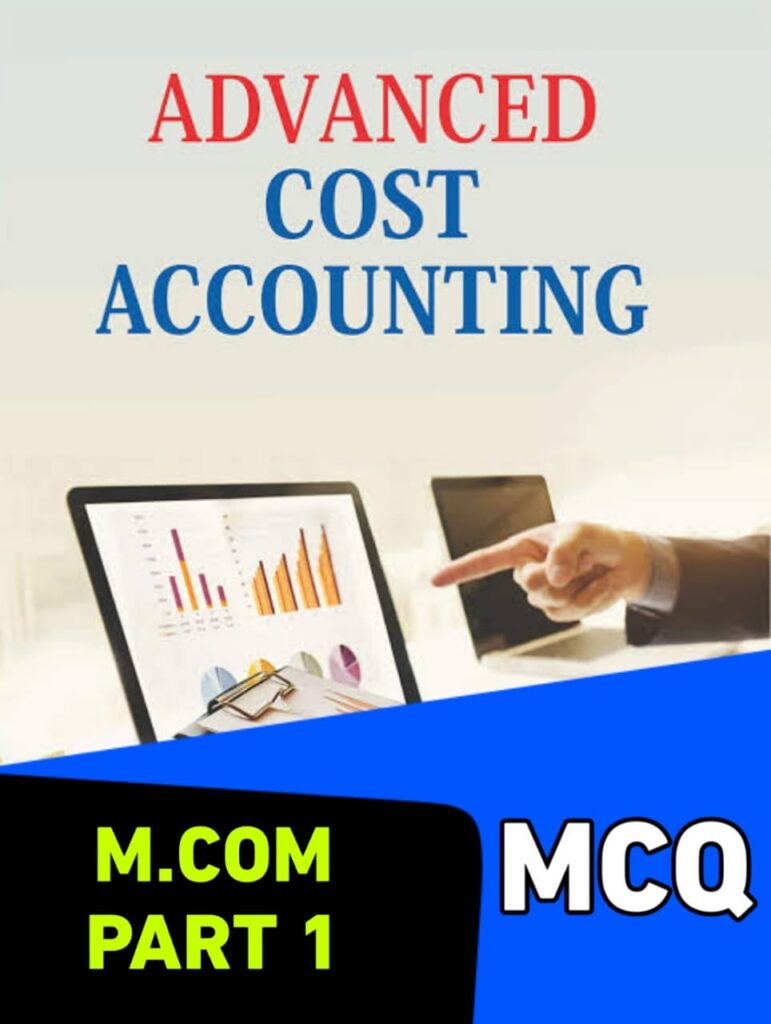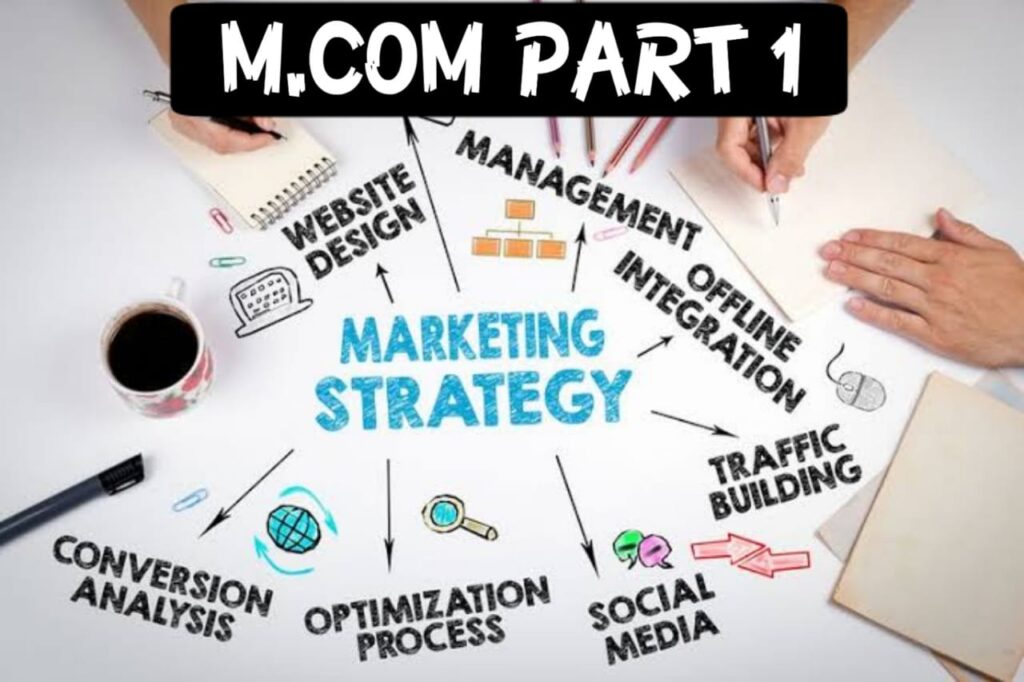M.com part 1 economics mcq pdf | Economics of global trade and finance m.com part 1 pdf
Hello Friends… Aaj ke article me aap logo ko M.com Part 1 economics related MCQ provide karne wala hu yeah MCQs kafi jyada important hai M.COM ke Student ke liye. Friends is article me 25 MCQ honge agar aapko aur bhi artical chahie ho is topic ke related to please comment Karke hame jarur batae Friends ye artical Or Iske alava other subject Ke bhi article aapko mere website per mil jaenge jiska link me aapko niche de raha hu. Strategic Management https://www.mumbaiuniversityidol.com/2021/05/strategic-management-mcom-part-1-mcq-pdf.html https://www.mumbaiuniversityidol.com/2021/05/mcom-part-1-strategic-management-mcq-pdf.html Advanced Cost Accounting https://www.mumbaiuniversityidol.com/2021/05/advance-cost-accounting-mcom-paer-1-mcq.html ECONOMICS OF GLOBAL TRADE AND FINANCE https://www.surajpateleducation.com/2020/11/mcom-part-1-economics-of-global-trade.html ADVANCED FINANCIAL ACCOUNTING https://www.surajpateleducation.com/2020/11/advanced-financial-accounting-mcom-part.html HUMAN RESOURCE MANAGEMENT https://www.surajpateleducation.com/2020/11/human-resource-management-mcom-part-1.html 1. first come, first served, auction export right and give away export rights are the method used to administer—- a. voluntary import restraints b. voluntary export restraints c. involuntary import restraints d. involuntary export restraints ANS: B 2. which of the following is not the mode of international delivery of services under GATS? a. Cross border supply b. consumption abroad c. commercial absence d. movement of personnel ANS: C 3. the Uruguay (UR) agreement envisages substantial tariff—- in both industrial and developing countries. a. increase b. reduction c. cancelation d. expansion ANS: D 4. the statutory for administration of foreign exchange in india is— a. foreign exchange regulation act 1973 b. the foreign exchange management act 1999 c. foreign exchange regulation act 1947 d. exchange control manual ANS:B 5. the —– fiscal policy combined with easy credit policy will pace ample resources at the disposal of the government to finance public expenditure projects and it will induce the private investment which will add more quickly the output without borrowing a. neutral b. tight c. easy d. none of these ANS: D 6. under which system of valuation, SDRs were valued in terms of 16 currencies, which were assigned specific weights? a. standard basket valuation b. standard charted valuation c. various currencies valuation d. none of the above ANS: A 7. exchange rates— a. are always fixed b. fluctuate to equate of quantity of foreign exchange with the quantity supplied c. fluctuate to equate imports and export d. fluctuate to equate rate of interest in various countries ANS: C 8. —- are golden mean between the maximum and minimum rates of tariff a. revenue tariff b. protective tariff c. single columns tariff d. optimum tariff ANS: 4 9. south Asian association for regional corporation (SAARC) WAS established a. December 1983 b. December 1984 c. December 1985 d. December 1986 ANS: C 10. exchange rate— a. are always fixed b. fluctuate to equal the quality of foreign change demanded with the quality supplied c. fluctuate to equal import and export d. fluctuate to equal rate of interest in various countries ANS: D 11. Trips is the most imp and comprehensive international agreement on — a. intellectual profit right b. intellectual property rights c. intellectual prosperity right d. intellectual performance right ANS: B 12. import quota is nothing but import quota —- system a. regulatory b. profit c. competition d. cooperation ANS: A 13. the Uruguay agreement envisages substance tariff — in both industry and development countries a. increase b. reduction c. cancellation d. expansion ANS: D 14. Mundell-Fleming model bring about internal and external balance through the equality between a. IS and LM curves b. IS AND BP CURVES c. LM AND BP CURVES d. IS , LM , AND BP, CURVES ANS: D 15. the transaction in which the exchange of currency take place at a specific future date subsequent to spot date is called a. swap transaction b. forward transaction c. future transaction d. spot transaction ANS: B 16. protection policy includes — a. only import substitution b. only export substitution c. import promotion and export substitution d. import substitution and export promotion ANS: C 17. what one of the following is not the advantage of MN corporation to the host country a. increase in social activities b. increase in economics activities c. utilisation of natural resources d. RND effort enhanced ANS: D 18. the main objective of international monetary fund was to a. promote international trade b. help economically backwards countries c. maintain stable exchange rate d. promote international liquidity ANS: C 19. the foreign trade multiplier is a function of a. MPS- MPM b. MPS + MPM c. MPS/ MPM d. MPS* MPM ANS: B 20. in case of surplus balance of payment there is an a. outflow of capital from home country to foreign country b. inflow from foreign country to home country c. favourable for foreign country to invest in home country d. unfavorable for home country to invest in foreign country ANS: C 21. in international capital movement marginal efficiency of capital is —- related with inflow of capital a. inversely b. directly c. neutral d. negative ANS: B 22. —— is the formation of group of friendly nation for mutual benefit a. economic Integration b. social I c. regional I d. personal I ANS: B 23. economic integration results in the —- of market a. contraction b. expansion c. destruction d. degradation ANS: B 24. ——-results in a reduction in world production and consumption efficiency a. direct tax b. indirect tax c. profit rate d. export subsidy ANS: D 25. ——-is the first phase of dispute settlement boby of wto a. execution b. consultation c. report presentation d. punitive action ANS: B 26. which of the following is not a form of intellectual property? a. copy right b. trademark c. geographical indication d. personal secret ANS: A 27. in — form the member nation not only remove the trade restrictions for members but also adopt uniform commercial policy a. European Union b. customer union c. free trade area d. common market ANS: A If You Need Most Importance MCQ PDF Strategic Management Question Bank Than Pay Rs 100 Only Contact 8652719712 /






